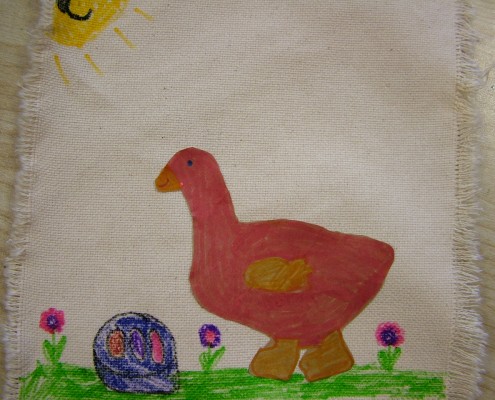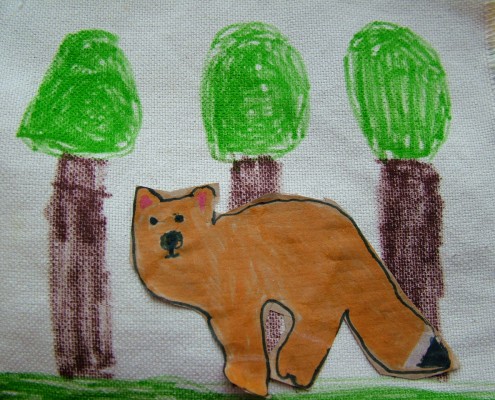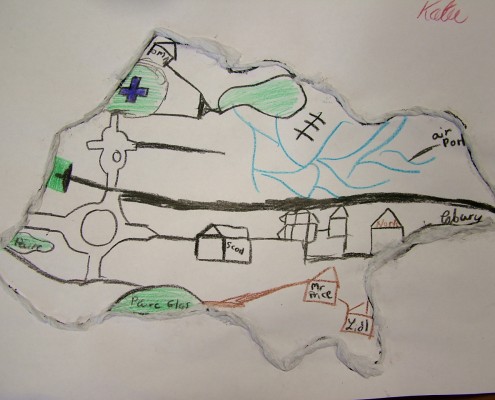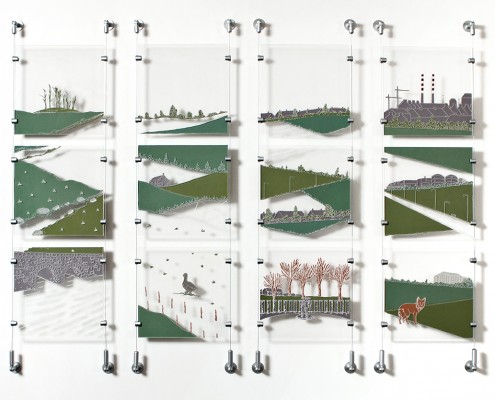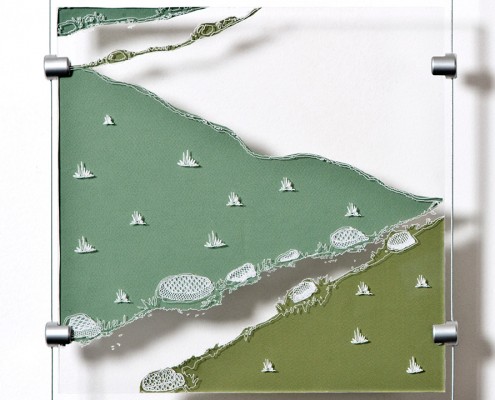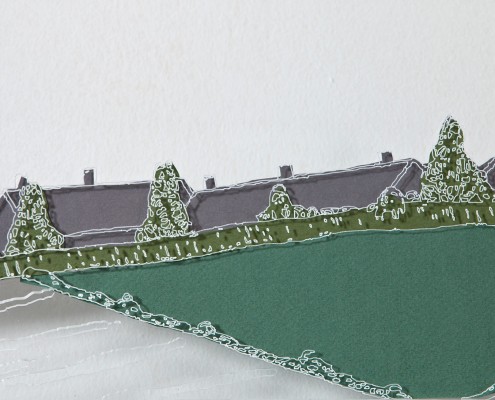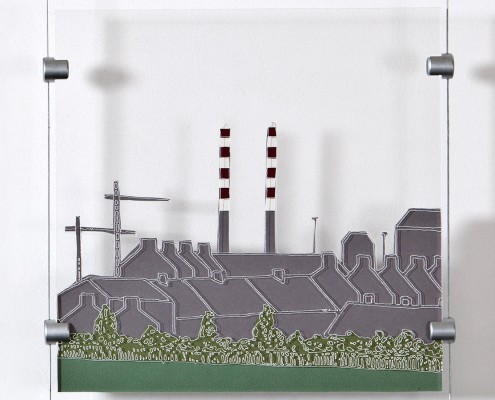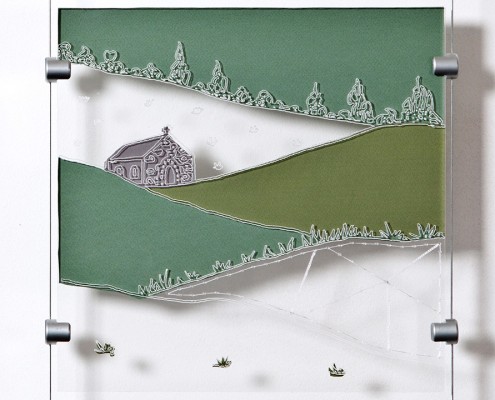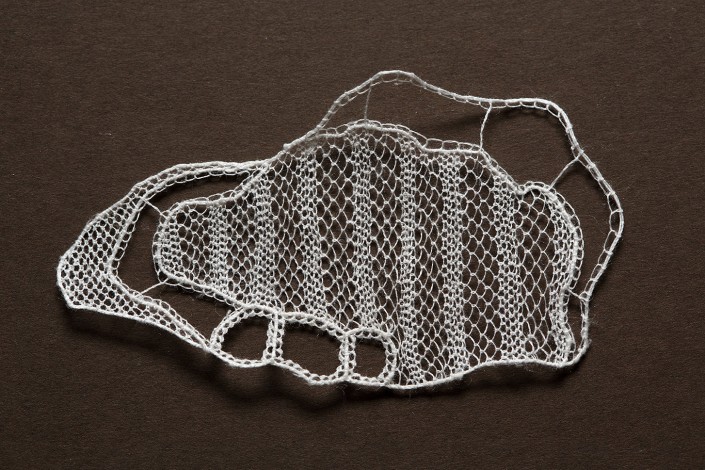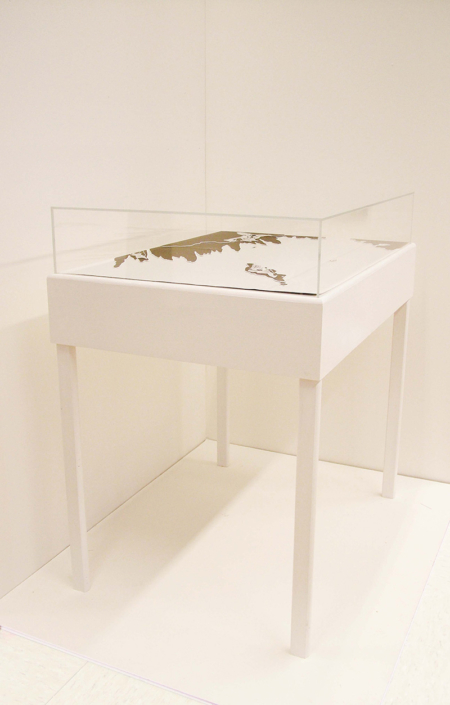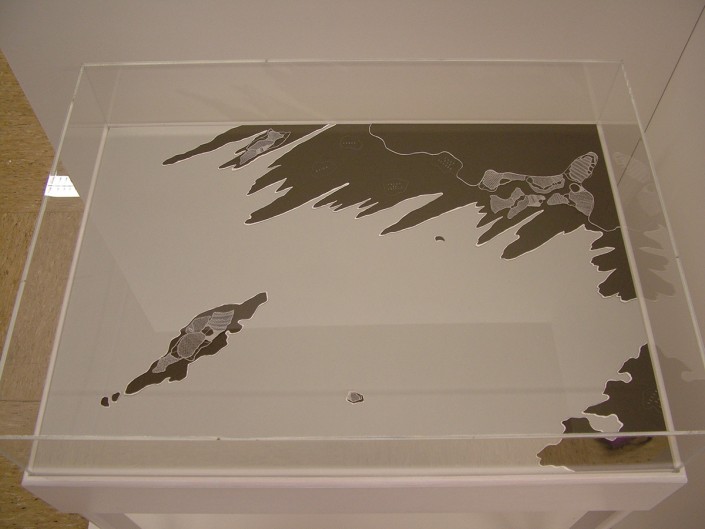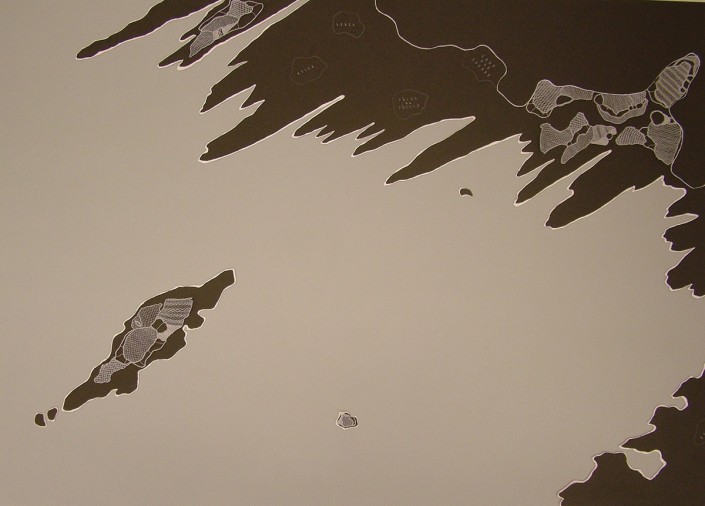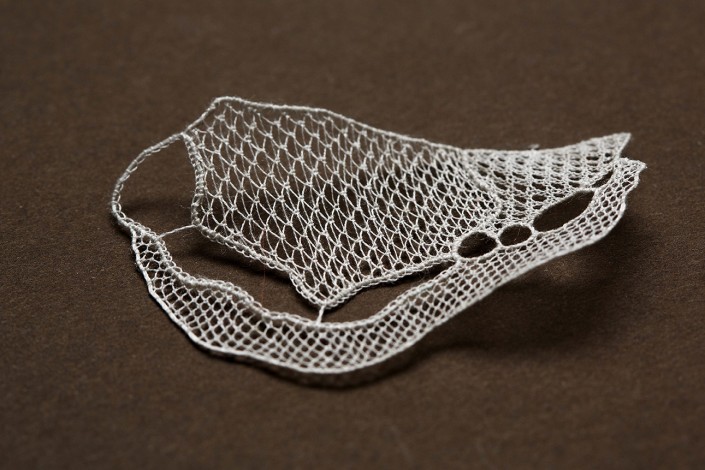My Lace Story
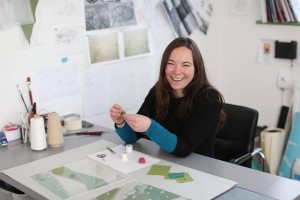 In 2012 I was in the third year of an undergraduate degree at the National College of Art and Design in Dublin. I was studying textile design and had chosen a ‘Contemporary Themes in Craft’ module for visual culture. This was the theory based part of my degree. During one session, my lecturer Anna Moran had spoken about an exhibition which was taking place in Birmingham called Lost in Lace, curated by Lesley Millar, professor of Textiles at the University of Creative Arts. She showed us some slides and spoke about how this exhibition dealt with the idea of traditional making but in a modern way and she urged us to go and see the show. It didn’t seem to have that much impact on my classmates but I was enthralled. I booked my flight to Birmingham!
In 2012 I was in the third year of an undergraduate degree at the National College of Art and Design in Dublin. I was studying textile design and had chosen a ‘Contemporary Themes in Craft’ module for visual culture. This was the theory based part of my degree. During one session, my lecturer Anna Moran had spoken about an exhibition which was taking place in Birmingham called Lost in Lace, curated by Lesley Millar, professor of Textiles at the University of Creative Arts. She showed us some slides and spoke about how this exhibition dealt with the idea of traditional making but in a modern way and she urged us to go and see the show. It didn’t seem to have that much impact on my classmates but I was enthralled. I booked my flight to Birmingham!
When I arrived at the Gas Hall, I was amazed. The architecture of the building itself was so impressive. I spent the day wandering around the exhibition. I was awestruck. Every piece of artwork excited me- the sheer scale of the work, the delicacy and the fact that I could see through most of the materials.
I had always been fascinated by holes. When I painted I was always inspired by voids and crevasses and the idea of something within the nothing. I have often thought about where this interest came from, I was never really sure but I do know that one of my heroes Georgia O Keeffee had a similar fascination. Perhaps this is where it started?
When I returned from Birmingham I knew that this was what I wanted to do. I wanted to make work like this- large scale, delicate and see through. I thought this whole lace thing must be fascinating if so many people can make such different work and yet still be connected in some way. I also however felt that if I was going to make work which reflected lace then firstly I should really learn about the structure and the process of lacemaking.
I had always known that lacemakers existed in Ireland. My mother made lace when I was young before she got sick and I have many memories of her sitting with a needle and thread or her cushion and collection of bobbins. I was young then and had no interest in these things and sadly by the time I did develop an interest in lace, my mother had died. I was very lucky though to have found her lace box containing all her lacemaking tools and threads as well as some of her actual lace. These are now of course invaluable to me!
During my research I discovered that a lace making centre existed in Kenmare- a small town in Southwest Ireland, just a stone’s throw from my Nana’s house. I was so excited. I contacted Nora Finnegan- the director of the centre and asked if she would be interested in teaching me lace. She agreed and In June 2012 I began my training. I spent 4 months here learning traditional Kenmare Lace- a needlepoint technique made entirely form a tiny needle and a thread as fine as a human hair. I also learned Carrickmacross and Bobbin Lace as well as the history of all the Irish laces.
When I returned to college in October to finish my degree I was completely hooked. This of course posed a bit of a problem. I was basically practicing a 150 year old technique. I had learned in the traditional way, following the patterns that had been drawn up by the Poor Clare nuns in the mid 19th century. This would never work at the National College of Art and Design. Here, students were encouraged to be innovative and emphasis was not placed on tradition. Also, lace was not taught at NCAD and nobody there could offer me guidance or instruction on technique.
I continued to practice however and also began to make my own patterns. This was difficult. I50 year old patterns are tried and tested, mine were not. You begin to realise fairly quickly why processes are repeated, because they work! Any time I tried to make a shortcut or any time I thought I was being clever; it became apparent I was not. The reality is with lace, you have to follow the process, it takes time and you must be willing to dedicate yourself to that time.
Through a lot of perseverance, practice and focus however I did manage to develop a process which allowed me to be a little bit more creative. I finally figured out how to turn my own drawings into workable lace patterns and as a result my entire degree show centred on Handmade Lace and the development of my own individual lace making process. And so began this new phase in my artistic career!






